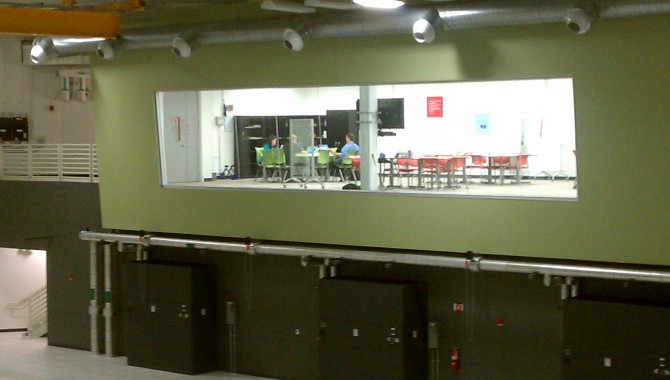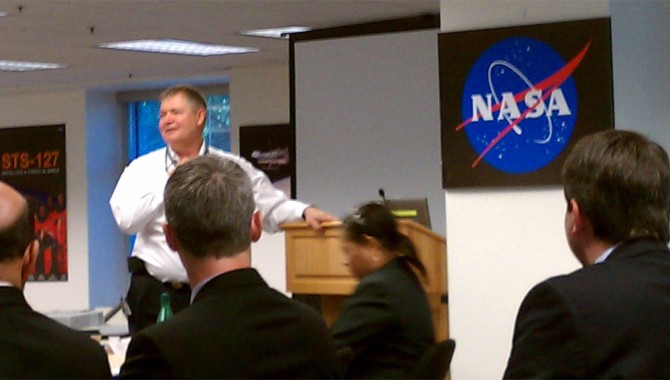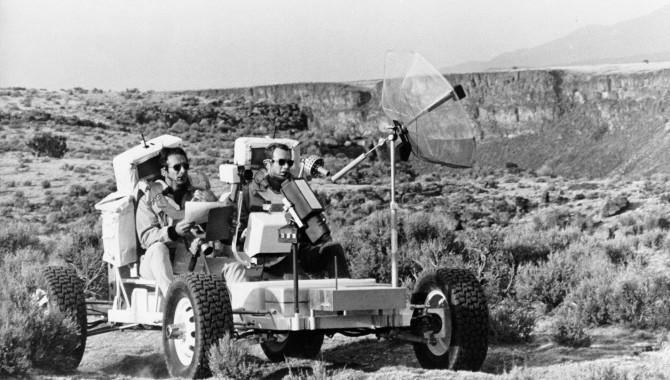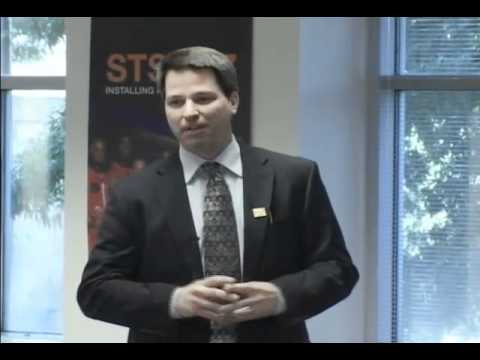
July 20, 2011 Vol. 4, Issue 5 What impact does a room really have on your work?

July 20, 2011 Vol. 4, Issue 5 What impact does a room really have on your work?

July 20, 2011 Vol. 4, Issue 5 Stacey Bagg had her sights set on the slopes of Colorado when an opportunity to work at NASA changed her plans.

July 20, 2011 Vol. 4, Issue 5 “If you’re not learning something, you’re probably not stretching yourself as an engineer,” NASA Administrator Charlie Bolden told the 2011 graduating class of the Systems Engineering Leadership Development Program (SELDP).
July 20, 2011 Vol. 4, Issue 5 Two new books examine the advantages of taking incremental steps to achieve big breakthroughs.

July 20, 2011 Vol. 4, Issue 5 A pioneer of human spaceflight projects offered five rules for avoiding project management pitfalls.

July 20, 2011 Vol. 4, Issue 5 Forty years ago this month, the Apollo 15 astronauts took the first lunar rover for a ride.

The International Space Station has taught us what it really means to engage in international collaboration, according to Bill Gerstenmaier and Dr. Kuniaki Shiraki. Gerstenmaier, NASA Associate Administrator for Space Operations, and Shiraki, Executive Director of the Human Space Systems and Utilization Mission Directorate at the Japan Aerospace Exploration Agency (JAXA), shared personal reflections on […]

Terry Nienaber, mechanical systems engineer from Langley Research Center, shared his alignment story with the 2011 SELDP graduating class at NASA Headquarters. For Nienaber, NASA is about doing big things and sharing them with others. To learn more about the graduation, please visit: http://go.nasa.gov/1rtVeaS.

The seventh Masters with Masters brought together two longtime veterans of Mars missions to share their perspectives and stories in a special event held at the Jet Propulsion Laboratory (JPL). Resources Visit the NASA Academy website: http://1.usa.gov/h9UmC3 Dr. Rudolf (Rudi) Schmidt, currently head of ESA’s Telecommunications Satellite Programs Department, was previously project manager for several […]